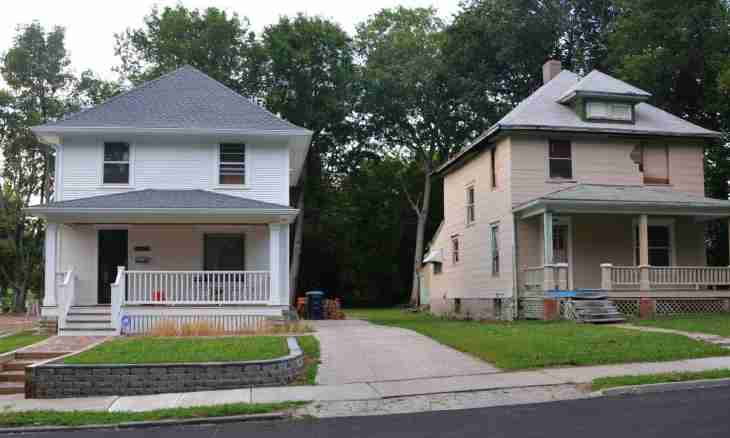The concept of adjacent corners is one of the main in Euclidean geometry. These are two corners which together form 180 degrees. They have one general top and the party, and two other parties are not the general, but together they represent a straight line, that is are additional beams.
The corner is the geometrical figure lying on the plane which is formed by two beams proceeding from a uniform point. The size of a corner is measured differently: in a-degree measure, in radians and also several other, less widespread ways. Adjacent corners are such which have the general top and also one general beam. Two other beams of adjacent corners form the developed corner, that is lie on a straight line and do not coincide.
As the sum of two adjacent corners is always 180 degrees, it is possible to find without effort one of them if the second is known. For example, if the first corner is equal to 60 degrees then adjacent to it the corner in 120 degrees is. It is one of the main properties of adjacent corners.
There is a theorem proving it. If there are two adjacent corners, then one of beams is the general for them, and two others, according to definition, form the developed corner. The-degree measure of the developed corner makes 180 degrees therefore the sum of the corners forming it is also equal to 180 degrees. The theorem is proved. From this property there are investigations. If two corners at the same time are both adjacent, and equal, then they are straight lines. If one of adjacent corners is direct, that is makes 90 degrees, then other corner of a straight line too. If one of adjacent corners sharp, then another is stupid. Similarly, if one of corners stupid, then the second, respectively, is sharp. The acute angle is such which-degree measure is less than 90 degrees, but it is more than 0. The obtuse angle has a-degree measure more than 90 degrees, but less than 180. Other property of adjacent corners is formulated so: if two corners are equal, then the corners adjacent to them are also equal. It means that if there are two corners for which-degree measure coincides (for example, it makes 50 degrees) and at the same time each of them has an adjacent corner, then values of these adjacent corners coincide too (their-degree measure will be equal in an example to 130 degrees).

